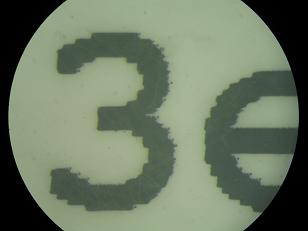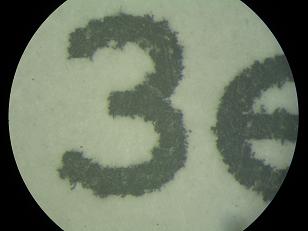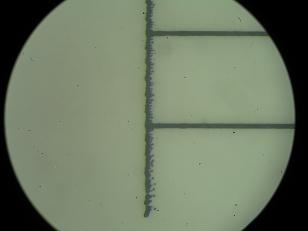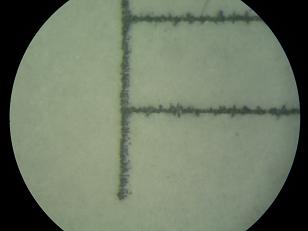- Thread starter
- #11
neilslade
Getting Fingers Dirty
- Joined
- Nov 3, 2004
- Messages
- 98
- Reaction score
- 0
- Points
- 34
Thanks for your update on the pigment versus dye cost-- yes, at the gallon level, the pigment cost is greater. But you are the first person in YEARS who has even mentioned to me that he orders ink by the gallon.
I make this abundantly clear on my site, I recommend bargain pre-filled carts for the majority of inkjet users, very few who print professionally- and for those I have NEVER recommended the cheap carts for pro use. For most people, and I would guess this is 99 out of 100 inkjet printer owners, it makes no sense to refill carts or spend a fortune on OEM carts for flyers or photos you are going to stick on your refrigerator for a few months or weeks.
I make it very clear that archival quality prints require the OEM ink. Even MIS ink does not have the lightfastness of OEM ink per the independent non-commercial test results I've seen- although I've had MIS prints on my walls for years with no fading.
I also make it clear that refilling your carts saves about 60% of the cost over pre filled G&G carts, and gives you better lightfastness. I also mention that it can be a royal pain in the butt and a mess. For most people who use their printers for everything but permanent printing, this is more trouble than its worth.
In order to justify bulk ink refill, you should have a need for very lightfast prints, and/or significant volume of printing.
For people who use their printers for professional use or commercial use-- I make it clear what the limitations of third party pre-filled carts are, but it is a small segment of inkjet users, and for these users the options and the dis-advantages and advantages is pretty clear.
This is my opinion on the subject, and of course anyone is free to agree or disagree. But I make it abundantly clear what the options are to everyone, and the limitations of each method of ink use.
Thanks, your opinion is welcome.
Neil
I make this abundantly clear on my site, I recommend bargain pre-filled carts for the majority of inkjet users, very few who print professionally- and for those I have NEVER recommended the cheap carts for pro use. For most people, and I would guess this is 99 out of 100 inkjet printer owners, it makes no sense to refill carts or spend a fortune on OEM carts for flyers or photos you are going to stick on your refrigerator for a few months or weeks.
I make it very clear that archival quality prints require the OEM ink. Even MIS ink does not have the lightfastness of OEM ink per the independent non-commercial test results I've seen- although I've had MIS prints on my walls for years with no fading.
I also make it clear that refilling your carts saves about 60% of the cost over pre filled G&G carts, and gives you better lightfastness. I also mention that it can be a royal pain in the butt and a mess. For most people who use their printers for everything but permanent printing, this is more trouble than its worth.
In order to justify bulk ink refill, you should have a need for very lightfast prints, and/or significant volume of printing.
For people who use their printers for professional use or commercial use-- I make it clear what the limitations of third party pre-filled carts are, but it is a small segment of inkjet users, and for these users the options and the dis-advantages and advantages is pretty clear.
This is my opinion on the subject, and of course anyone is free to agree or disagree. But I make it abundantly clear what the options are to everyone, and the limitations of each method of ink use.
Thanks, your opinion is welcome.
Neil




